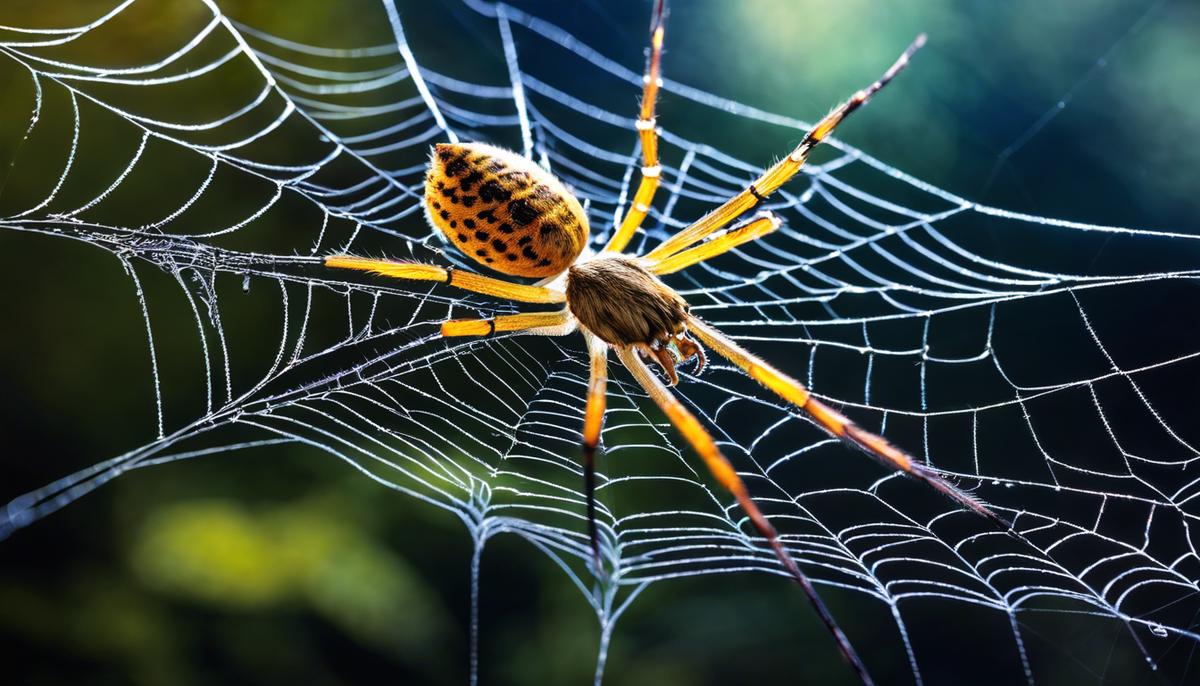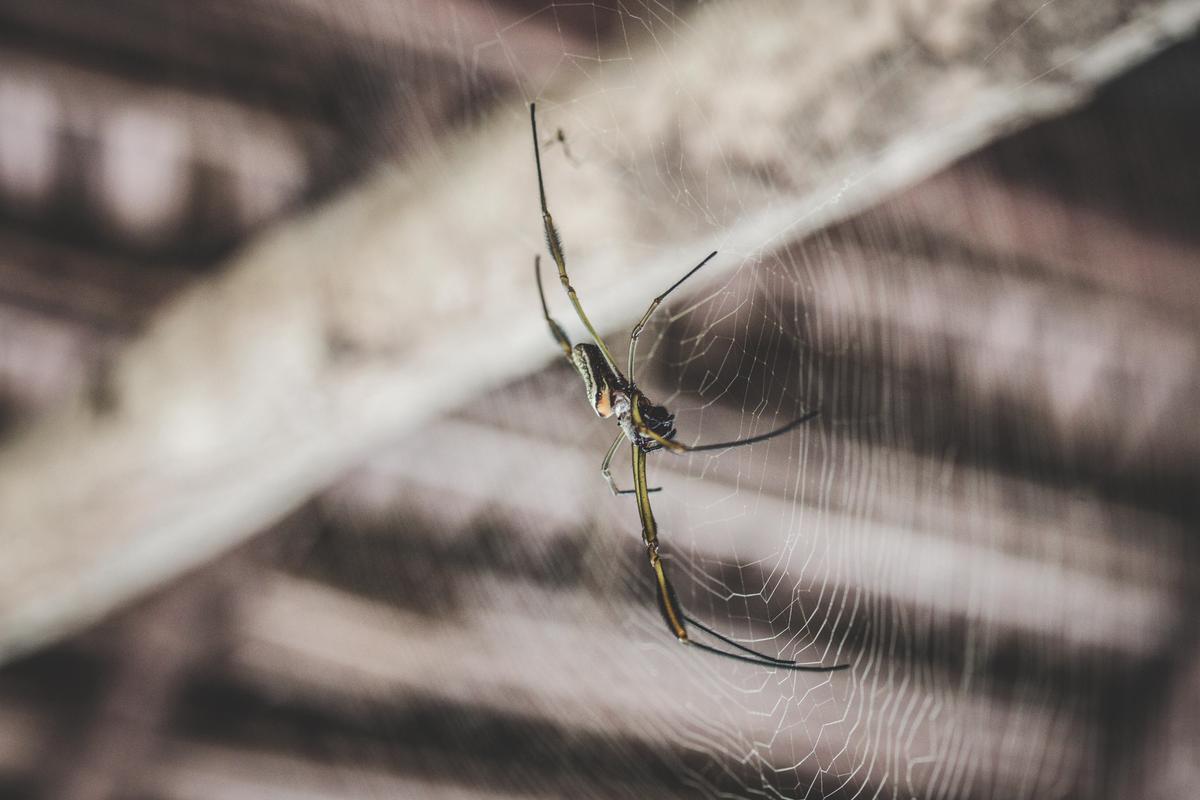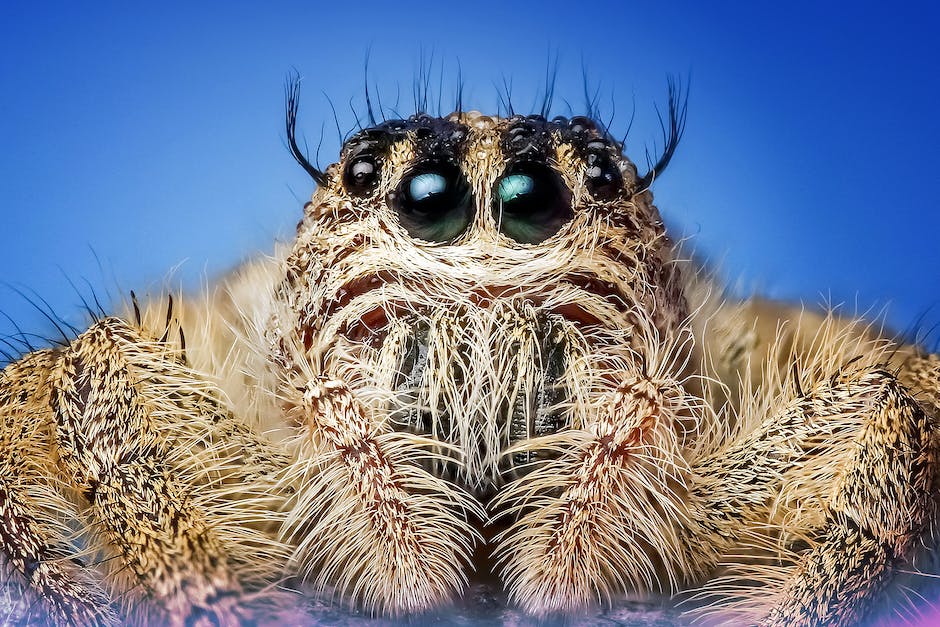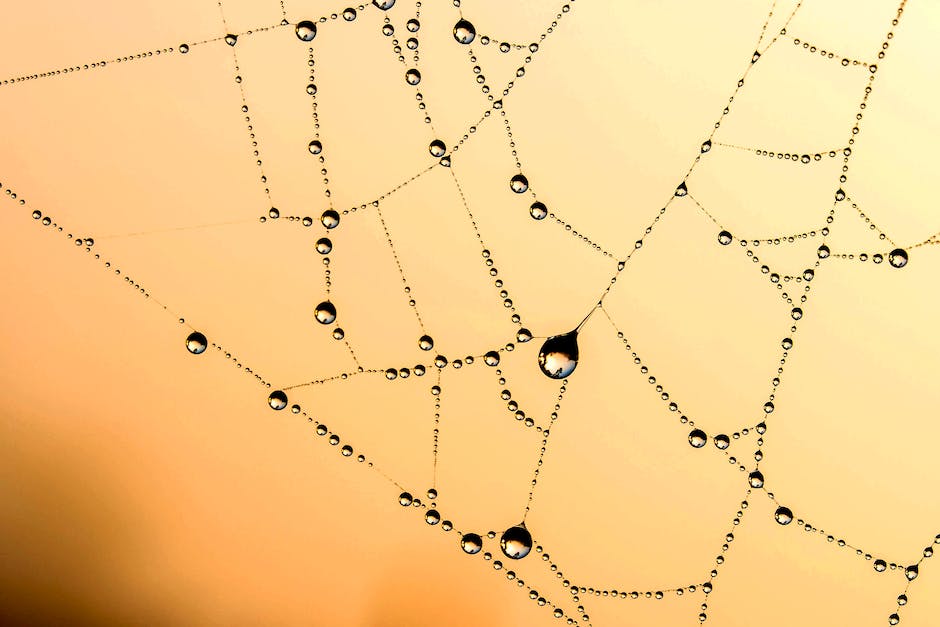Dreams have long captivated the human imagination, serving as a rich tapestry upon which our deepest fears, desires, and questions are vividly painted. Among the myriad images that may haunt our slumbering mind, the spider emerges as a poignant symbol whose bite can sometimes jolt us awake, drenched in a cold sweat. This exploration delves into the labyrinthine web of the psychological significance of spider bites in dreams, weaving through the strands of Jungian theory, the seductive threads of Freudian thought, and the intricate networks of contemporary research. Beyond our individual psyches, we traverse the globe, exploring an array of cultural perspectives that contribute to the complex tapestry of meanings attributed to these eight-legged creatures in our nocturnal narratives.
Psychological Symbolism of Spiders in Dreams
The Enigmatic Weavers of the Psyche: Spider Symbolism in Dream Analysis
In the fascinating realm of dream psychology, where the subconscious mind weaves narratives rich with symbolism and hidden meanings, the spider emerges as an evocative symbol. Though arachnids may invoke an instinctive shudder in day-to-day encounters, their appearance in our nocturnal reveries can carry profound psychological implications. Dream spiders are multifaceted symbols, embodying concepts that stretch from creation and industriousness to entrapment and manipulation—all of which offer a penetrating gaze into the dreamer’s inner world when skillfully decoded.
Dream analysts draw on a wealth of cultural and archetypal associations to interpret the sighting of spiders. For instance, spiders as creators and architects are paralleled in their real-world counterparts’ ability to meticulously craft webs—a metaphor for the intricate constructs of our lives and psyches. The spider prompts us to consider the elaborate interconnections within our personal or professional endeavors, posing questions about the sustainability and efficacy of the figurative webs we weave. Moreover, in witnessing a spider at work, one might reflect on their own manifestations of patience, precision, and creativity.
Conversely, the presence of spiders in dreams can reveal darker psychological undercurrents, signaling feelings of being ensnared in a web beyond one’s control. The sense of being trapped—whether by relationships, circumstances, or one’s own fears—manifests as the inescapable, sticky threads of a spider’s web. Here, the spider acts not only as the captor but may also invoke the dreamer’s latent ability to manipulate or to feel manipulated. Deciphering such a dream demands a look at the dreamer’s waking life, probing areas where autonomy is compromised or where entanglement in complex emotional or societal matrices occurs.
Understanding the mélange of spider symbolism within dreams demands an approach that honors the idiosyncrasies of the individual’s subconscious. It is a psychological exploration that allows for the unraveling of the complex and often enigmatic web of the human psyche—a testament to the intricacies of both the dreaming mind and the symbolic creatures that haunt its depths.

Cultural Interpretations of Spider Bites in Dreams
The interpretation of a spider bite within the dreamscape varies considerably across cultures, reflecting deep-set spiritual beliefs and societal attitudes towards these enigmatic arachnids. In some African traditions, a spider—often embodied by Anansi, a folkloric trickster figure—bites not merely as a harbinger of misfortune or malevolence, but rather as a call to awareness, indicating the dreamer’s need to confront a lurking issue in their waking life. The bite, then, serves as an awakening pinch from the subconscious, urging introspection and action.
Conversely, in various Eastern traditions, experiencing a spider bite in a dream may signify an imminent encounter with one’s destiny or a fated event. It may evoke philosophical ruminations on karma, suggesting that the dreamer must prepare for the consequences of past actions, whether they be positive or negative. In Japanese culture specifically, the spider is often viewed auspiciously, and a bite may allude to the knitting of fate’s threads, potentially leading to prosperous outcomes, especially if the dream features the Jorōgumo, a mythological spider which can transform into a seductive woman.
Indigenous cultures of the Americas might imbue such a dream with a message from the spirit world. Among the Navajo, for example, spiders are linked to the creation story and the dream imagery of a spider bite could be interpreted as a powerful communication from Spider Woman, the divine weaver of the universe. Here, the bite may not only be a portent but also contain a sacrosanct message or challenge, asking the dreamer to look beyond the superficial and to weave their path with intention and wisdom.

Photo by carlevarino on Unsplash
Neuroscientific Perspective on Dream Content Analysis
Continuing the exploration into the realm of dream interpretation through a neuroscientific lens, one must consider the mechanistic processes involved in the emergence of dreams about spider bites. Neuroscientific research reveals that such dreams most likely engage with our affective networks—primarily the amygdala and related structures—which are involved in processing emotions, fear, and threat assessment. When a dream includes a spider bite, it may trigger a raw, emotional response echoed in the subjective experience of the dreamer. These visceral reactions are not arbitrary; they are neurologically orchestrated responses, as the perception of threat—real or imagined—activates these neural circuits, simulating an emotional and physical state that would accompany such an event in wakefulness.
It’s imperative to distinguish that the content of a dream is influenced by both endogenous and exogenous factors, including prior knowledge, cultural beliefs, and individual experiences. While interpreting a spider bite in one’s dream from different cultural perspectives provides a rich tapestry of meaning, a neuroscientist would focus on the universality of the underlying neural processes across these various interpretations. The dreamscape, no less complex than waking reality, is sculpted by the interplay between cognitive-emotional processing and the retrieval of stored information. When a dream of a spider bite occurs, it could arguably be tapping into the evolutionary conserved neural architecture that encodes for aversive stimuli, which in turn influences dream content. Such encounters in dreams might serve as nocturnal simulations, potentially aiding in emotionally adaptive functions or the consolidation of memory.
The intriguing intersection between neuroscience and the phenomenology of dreaming is exemplified in the analysis of dreams involving spider bites. One may posit that these dreams, regardless of their overt narrative storyline, inherently challenge the dreamer’s neurological framework to respond to perceived threats and emotions. Envisioned scenarios involving venomous arachnids, despite being figments spurned from the dreamer’s subconscious, may indeed engage the same neural pathways that are activated upon real-life confrontations with fear-inducing stimuli. This suggests that the study of such dreams can potentially broaden our understanding of neural processing related to fear, safety, and emotional regulation—a testament to the mind’s ability to mirror waking concerns within the nebulous terrain of our nightly reveries.

Therapeutic Approaches to Distressing Dreams Involving Spider Bites
In the realm of therapeutic interventions for distressing dreams featuring spider bites, cognitive-behavioral therapy (CBT) is often employed to modify maladaptive thought patterns that may exacerbate these nightmares. A specialized branch of CBT, known as image rehearsal therapy (IRT), has shown efficacy in altering the narrative content of dreams. Through IRT, individuals are guided to envision their dreams with a positive or neutral outcome, quite separate from the original distressing scenarios involving spider bites. This repeated visualization can lead to a decrease in the frequency and intensity of the nightmares as the mind begins to adopt this new, non-threatening narrative during sleep.
Another therapeutic avenue explored is exposure therapy, albeit this is applied more cautiously due to the potential intensity of confronting fear-inducing dream imagery. Under controlled conditions and with professional guidance, individuals gradually expose themselves to the concept of spiders and spider bites within a therapeutic context. Over time, this method aims to decrease the heightened emotional response elicited by the dream imagery and lessen the overall impact of such distressing dreams.
Finally, psychoeducation represents a cornerstone of therapeutic strategies in addressing the aftermath of disturbing dreams. Individuals benefit from learning about the commonality of nightmares, the typical triggers, and the psychological underpinnings of distressing dream content. By understanding the non-literal and symbolically rich language of dreams, one can reinterpret the images of spider bites in a way that neutralizes their distressing power, thus restoring a sense of equilibrium between the dreaming and waking states. Through these therapeutic venues, individuals gain the tools to reframe their relationship with their subconscious fears and reshape the canvas of their dream worlds.

Understanding the intricate webs of meaning spun by the occurrence of a spider bite in a dream is a journey through our deepest collective fears and personal contours of the psyche. As we pull back the layers of symbolism, unravel cultural narratives, and parse through the findings of neuroscience, we inevitably deepen our comprehension of the human experience. Through therapeutic dialogues and self-reflection, we are offered a chance to emerge from the cocoon of our anxieties and misconceptions transformed, with a newfound perspective that may very well resemble the clarity and purpose with which a spider spins its web – intricate, resilient, and profoundly interconnected with the world around us.







